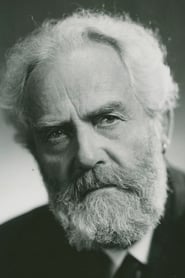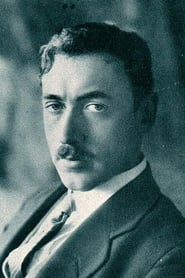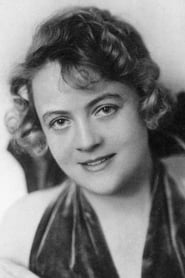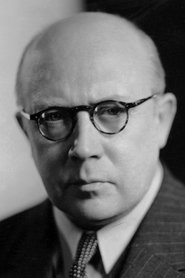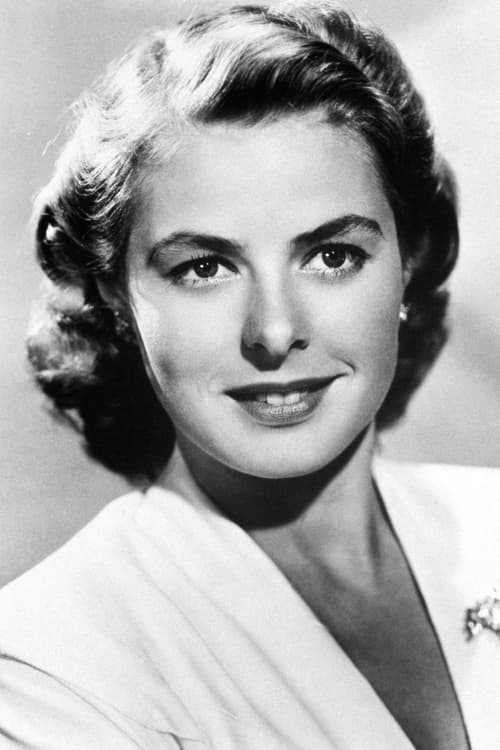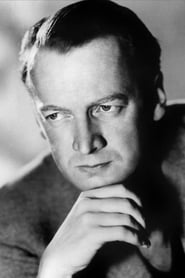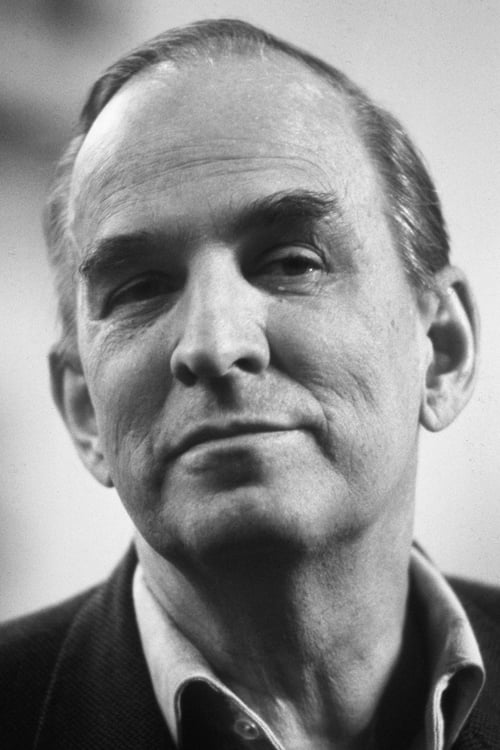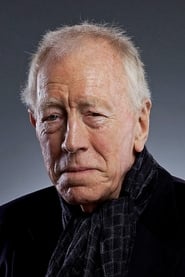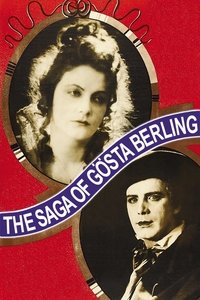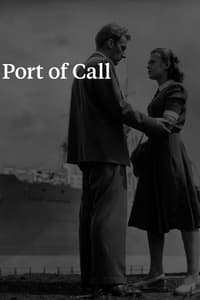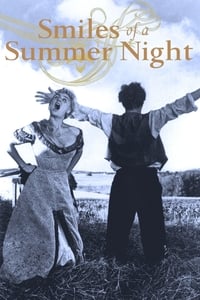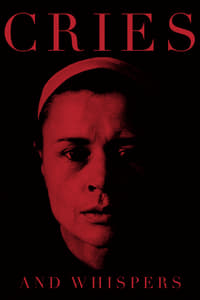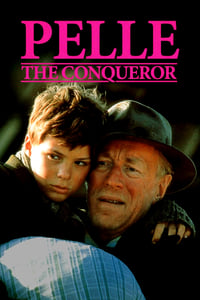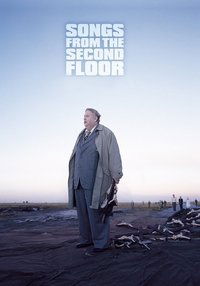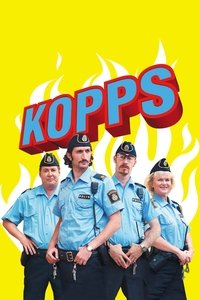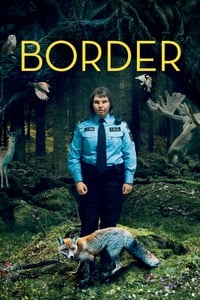Swedish Cinema – Between Eternal Landscapes and Inner Dramas
The Pioneers and the Golden Age of Silent Film (1897 – 1924)
Swedish cinema was born in 1897, in a country that was still largely unindustrialized. From the 1910s, it distinguished itself by using natural landscapes as backdrops—a visual signature that defined the golden age of silent film.
Victor Sjöström (Terje Vigen, 1917; The Phantom Carriage, 1921) and Mauritz Stiller (The Outlaw and His Wife, 1918; Gösta Berling’s Saga, 1924) blended realism and melodrama, often inspired by Nordic literature. Their works captivated the international market and influenced world cinema.
Their departure for Hollywood in the early 1920s left the industry weakened.
The Pioneers
The 1930s: Decline and Transition to Sound
After the departure of the great names, Swedish cinema focused on comedies and dramas. The arrival of sound film did not bring about an immediate artistic revolution, and production remained limited in international visibility.
The major studios turned toward domestic entertainment films. However, figures like Gustaf Molander laid the foundations for a more refined style.
Renaissance and the Preparation for Bergman (1940 – early 1950s)
The 1940s saw an artistic renaissance thanks to Alf Sjöberg (Torment, 1944) and Gustaf Molander, who reintroduced ambition and depth into national cinema.
This period paved the way for the emergence of Ingmar Bergman, who made his first films (Port of Call, 1948) and brought a focus on psychology and spirituality.
The 1930s-40s
The Bergman Era (1950 – 1982)
From the 1950s onward, Ingmar Bergman dominated Swedish cinema and established a sober aesthetic, centered on the human soul and complex relationships.
His works (Smiles of a Summer Night, 1955; The Seventh Seal, 1957; Persona, 1966; Fanny and Alexander, 1982) revealed legendary actors such as Max von Sydow, Liv Ullmann, and Bibi Andersson.
Swedish cinema became synonymous with psychological depth and introspection.
The Bergman Era
Diversification and Renewal (1990 – 2000)
After Bergman, Sweden diversified. Lukas Moodysson explored adolescence and social upheaval (Show Me Love, 1998; Together, 2000), while Josef Fares brought offbeat humor (Kopps, 2003).
Swedish cinema began to open up to a variety of styles, from social realism to absurd comedy.
Diversification and Renewal
The Contemporary Scene (2000 – Today)
In the 2000s and 2010s, Roy Andersson established a unique visual style (Songs from the Second Floor, 2000; You, the Living, 2007), blending absurdity and social critique.
Ruben Östlund became one of the most acclaimed filmmakers in the world, winning two Palme d’Or awards (The Square, 2017; Triangle of Sadness, 2022).
Sweden remains recognized for its landscapes as a visual language and its Bergmanian heritage, while continuing to innovate in satire.
